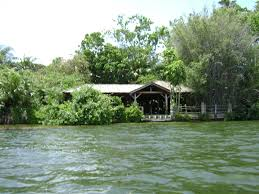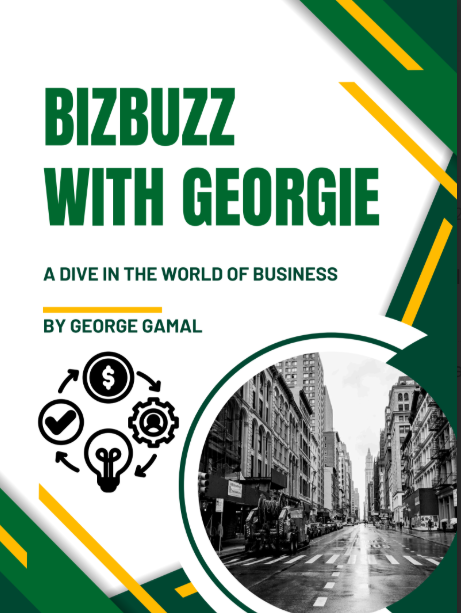Disney’s Forgotten Park: Discovery Island

January 12, 2021
The Park’s Origins:
Let’s start off with the basics, the origins of Discovery Island. Discovery island is an 11.5 acre island in the middle of Bay Lake. Discovery Island was originally called Raz Island from 1900-1937 and was named after the family that lived there. The island was then purchased by a man named Delmar Nicholson for just $800. Delmar then called the island “Idle Bay Island” and lived there for almost twenty years with his wife and pet crane. When Delmar sold the island it was then renamed to “Riles Island” and used as a hunting retreat. But then in 1965, the island was purchased by Disney which purposefully purchased Discovery island for its near perfect location in the center of Disney World, Florida, which was still under construction at the time.
Opening & Attractions:
When Disney first opened the park to the public on April 8th, 1974 under the name “Treasure Island”, it was a place to observe all sorts of different animals; however Disney quickly changed the name to Discovery Island, completely severing its roots from the pirate theme that was originally intended for the island. With the name change, the park would be officially recognized as a zoological park. The park had a wide variety of exotic plants and animals to give tourists the illusion of being in a real jungle. Visitors could go to Parrots Perch for live bird shows featuring trained birds such as Macaws, Cockatoos, and others. They could go to Monkey Colony to view capuchin monkeys, Trumpeter Springs to view trumpeter swans, Bamboo Hollow to view lemurs, Vulture’s Haunt to view vultures, Toucan Corner to view toucans, Cranes’ Roost to view demoiselle cranes, sandhill cranes, and grey crowned cranes. There was also Pelican Bay, to view brown Pelicans, Flamingo Lagoon, to view flamingos, Eagle’s Watch, to view bald eagles, Alligator Pool to view American alligators, and Tortoise beach to view five extremely rare Galapagos tortoises. However Discovery Islands’ biggest, most popular attraction was Avian Way. Avian Way was a long cat-walk to view what was at the time the United States’ largest breeding colony for the endangered Scarlet Ibis, Muntjacs, and Peacocks. Visitors could also go to Thirsty Perch at the entrance to the island to get something to eat and use the restroom, there was also an animal nursery on the island which was for employees only at the time.
Closure & Modern day:
On April 8th, 1999 Discovery island closed to the public. While the true cause of the closure of Discovery island still remains unknown there are several theories as to why the park was closed. Some people believe that the park was closed because the opening of Animal Kingdom caused a massive decline in sales. Other people believe that it was because a young boy died from bacteria in the drinking water, and Disney thought this made the park too unsafe to remain open. There were several animal abuse lawsuits and some people believe that it was easier for Disney to just close the park then to have to deal with all the lawsuits. Today however, the park is left abandoned, it was never demolished, just fenced up. Anyone that comes within 50 feet of the park gets a lifetime ban from all Disney resorts, and if you are caught in the park you can also serve some jail time. Because of all this, images of the inside of the park after closure really didn’t exist until in 2007 when a group of photographers took pictures all around the park, with the standout picture being of all the medicines still in the freezer of the animal nursery. The main breakthrough however was in 2017 when a YouTuber named Matt Sonswa and his friends uploaded a 1 hour long video exploring the entire island. The video shows Discover Island as being very eerie and creepy, you can see the dark overgrown buildings that are still intact, calendars from 1999 still left in the office, the aforementioned medicines in the freezer of the animal nursery, a pile of collected signs from around the park, and the netting overhead of avian way to keep the birds from escaping being sunken in by branches and leaves.

















































